How to Tell If a Shinken Is Good or Bad?
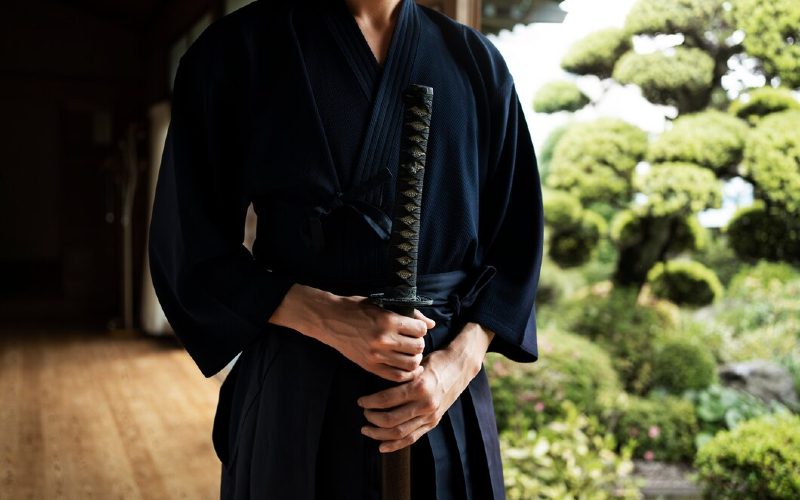
What’s in this article?
In Japanese martial arts, a shinken is a live blade used in test-cutting practice (tameshigiri) and demonstrations. In Japan, practitioners use traditionally-made Japanese swords, commonly referred to as nihonto. However, blades forged by Japanese swordsmiths are expensive, so many enthusiasts in other parts of the world utilize replicas and non-traditionally made swords.
We’ve compiled a guide on choosing a shinken suited for cutting practice, from its blade to construction and sword mountings.
How to Choose the Best Shinken Sword
A shinken may refer to a Japanese katana sword, tachi sword, wakizashi, or tanto with a razor-sharp blade. It must be properly constructed for tameshigiri or test cutting practice, from its blade to sword mounting.
Here are the factors to consider when choosing a shinken:
Metal and Construction
Traditionally-made Japanese swords or nihonto are constructed from tamahagane, a type of carbon steel made from the tatara furnace in Japan. To prevent breaking upon heavy blows, Japanese swordsmiths created blades with soft cores and hard cutting edges. Handmade Japanese blades are also clay tempered, a process that hardens the cutting edge by strategically covering the blade with clay.
Non-traditionally made Japanese swords are not made from tamahagane. Instead, modern swordsmiths often use high-carbon steel blades and non-traditional materials to replicate their quality. The so-called katana t10 is constructed from tool steel, a tungsten alloy with a bit of silicon. However, such blades are made from modern steel-production techniques and are often mass-produced and machine-made.
A good shinken must be made from high-carbon steel with proper tempering. Generally, good tempering can improve average steel, but poor tempering can weaken high-quality steel. The blade should not have visible flaws like open welds and gaps that compromise its structure. Also, a good shinken should not bend or break and could cut well on targets like bamboo, tatami mats, and other stationary objects used in tameshigiri.
Blade Appearance
A good shinken has a single-edged curved blade and genuine hamon. Also, a full-tang blade is required for a real sword to be functional so it won’t bend or break on impact.
Curvature
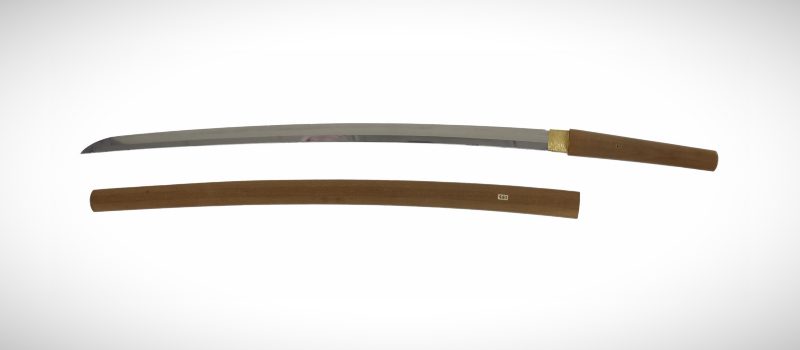
The Japanese samurai katana tends to have a shallower curvature compared to the older tachi sword. Its curvature may also be near the hilt, on the center, or toward the tip. Most replicas and non-traditionally made Japanese swords have blade shapes and curvatures similar to nihonto blades.
A shinken is an efficient slashing weapon when wielded correctly. In tameshigiri, a practitioner generally utilizes the monouchi—about 15 centimeters from the tip—for striking the targets. If the impact is too close to the tip, the sword blade will not cut deeply enough or even break.
Hamon
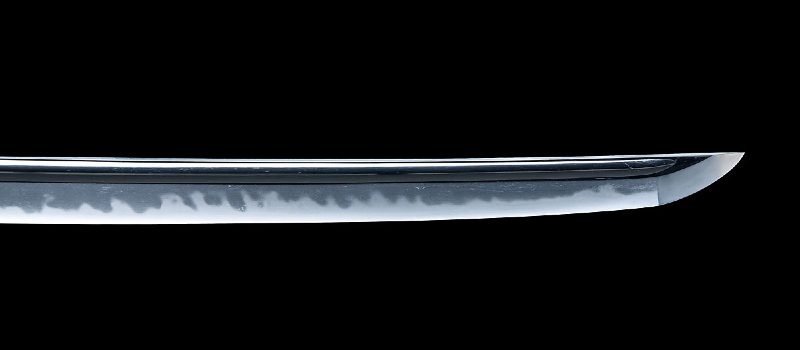
One of the distinguishing features of traditionally-made Japanese swords is the hamon or temperline pattern along the cutting edge. A good shinken has a genuine hamon, which shows that the swordsmith clay-tempered the blade, giving it its superior cutting ability.
The hamon may vary in shape—some are straight while others are irregular lines. The choji hamon appears like many cloves lined up together, where the tops of the individual loops are broader than the bottoms. On the other hand, the hitatsura features a wild and rugged look.
However, replicas and non-traditionally made Japanese swords often have an acid-etched hamon, which does not improve the cutting ability of the blade. Generally, a genuine hamon contains a complex pattern and several details, not just a simple shape or boundary line.
Size and Weight
The katana and tachi are long swords, with a blade length of over 60 centimeters or 23 inches. The short sword wakizashi has a blade length of around 30 to 60 centimeters, while a tanto dagger measures less than 30 centimeters long.
If a katana is too long to draw from a scabbard, a practitioner sometimes uses the wakizashi. A good shinken must be of appropriate size and tends to be heavier toward the hilt rather than the tip. Its point of balance is around two-thirds of its overall length.
Sword Mounting
A good shinken has a fully-functional hilt long enough to allow leverage and control. It also comes with a sword guard to protect the hands and sturdy scabbard. Many practitioners prefer a handmade katana or custom sword for practice, with mountings that reflect their style.
Hilt or Tsuka
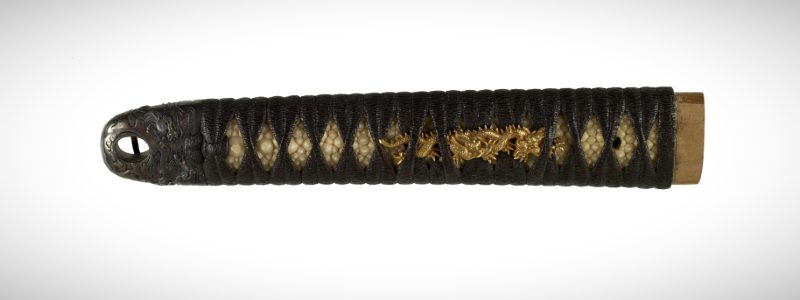
A shinken must have a properly constructed hilt, secured by a bamboo rivet called mekugi, so the blade won’t fall out during practice. Also, the hilt must be long enough, allowing an inch of distance between the hands to provide strength and control of the blade. Other styles of swordsmanship leave one or two fingers of the hand off the hilt, but it is not appropriate for Eishin-ryu iaido.
The tsuka must be approximately 9 inches or 22 centimeters long unless the hands of the practitioner are exceptionally large. Many replicas have hilts exceeding 10 inches, some as long as 14 inches, but these are too long and could hinder a proper downward cut. In tameshigiri, a poor grip will fail to cut cleanly through the target.
Sword Guard or Tsuba
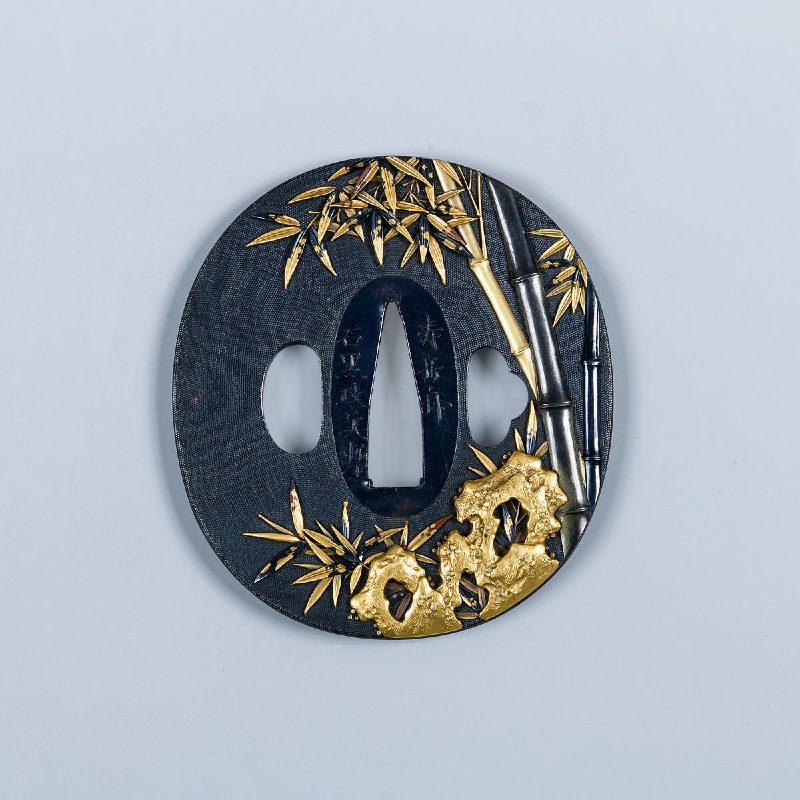
A good shinken has a sword guard that is large enough to protect the hand. Samurai katana swords tend to have decorative tsuba, ranging from rounded to four-lobed shapes. However, some ornamental designs, such as elaborate cutout designs and high-relief carvings, are not practical for a shinken.
Scabbard or Saya
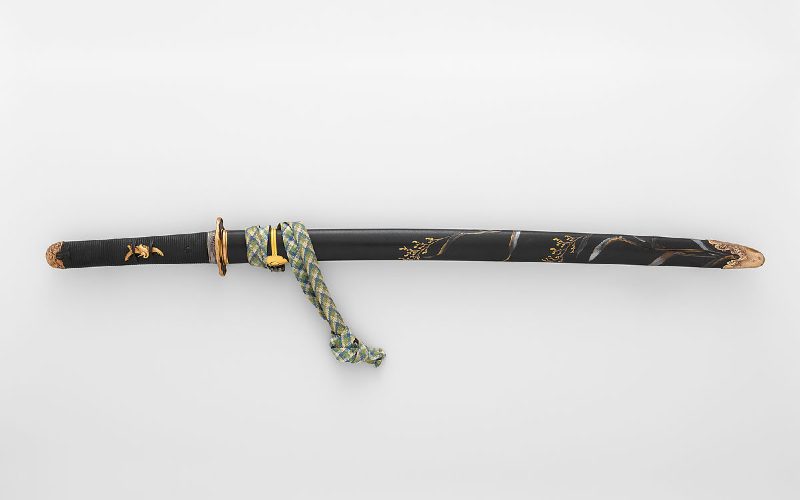
A shinken is ideally mounted in a fully-functional koshirae—with a lacquered scabbard and other components—instead of a shirasaya or a plain, wooden saya. The shinken must also have a properly-fitting sword collar or habaki, which holds the sword snugly in scabbard.
How Much Does a Shinken Cost?
The price of a shinken varies, depending on whether it is a nihonto or traditionally-made Japanese sword, or a replica. Japanese swords, like a katana, forged by famous swordsmiths may cost around $50,000. In Japan, swordsmiths have licenses and can produce a maximum of three short blades, like a tanto dagger and wakizashi, or two long swords, like a katana or tachi, per month.
Depending on the swordsmith and other factors, a shinken may start from around $7,500. Traditionally-made Japanese swords are expensive, so many opt for replicas suited for tameshigiri. Replicas with clay-tempered blades are usually less than $1000. However, swords not forged by licensed Japanese swordsmiths are illegal in Japan, and the government confiscates and destroys them.
The Use of Shinken in Martial Arts
The katana is the most popular sword in Japanese martial arts, being the defining blade of kenjutsu and used in iaido and iaijutsu. In Fukasa Ryu, some martial arts practitioners also the wakizashi in kenjutsu-style cutting and stabbing. Those who study double-sword techniques also utilize the short sword. In tanto jutsu, the tanto dagger is used in kata demonstrations and competitions.
Several martial arts training involve tameshigiri, where practitioners utilize sharp swords to cut stationary targets like tatami mats and bamboo. However, the use of shinken in tameshigiri is often reserved for masters or experts, and students are not allowed to use it without permission. The test-cutting practice lets a practitioner apply the proper swinging technique and footwork.Martial arts practitioners also use a wooden sword or bokken in contact drills to practice sword fighting without the risk of injury. Also, kendo practitioners use the shinai or bamboo sword when training in pairs. Iaido practitioners use iaito, a blunted metal training sword for saya practice, but they don’t use it in contact drills.
Conclusion
Whether you want to opt for a nihonto or a non-traditionally made Japanese sword, a good shinken is constructed from high-quality steel and properly tempered. It is also a battle-ready sword with a hard, sharp cutting edge and a full-tang blade. Most collectors value the hamon as a work of art, but practitioners generally regard it as an indication that the blade has a superior cutting ability.




